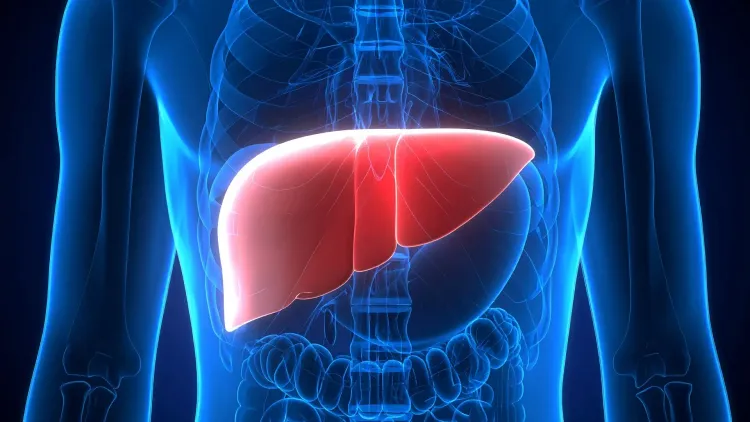Could Plastic Particles in Food and Beverages Harm Your Liver?

Synopsis
Key Takeaways
- Microplastics may disrupt glucose metabolism.
- They could potentially harm the liver.
- Annual ingestion rates of microplastics can reach between 40,000 to 10 million particles.
- Animal studies suggest systemic glucose intolerance linked to polystyrene.
- Further research is necessary to guide policy on microplastics.
New Delhi, June 2 (NationPress) Microscopic plastic particles discovered in food and drinks may disrupt glucose metabolism and damage vital organs such as the liver, as revealed by a new animal study.
The results of this study raise significant concerns regarding the potential health implications for individuals who consume microplastics (particles smaller than 5 millimeters) and nanoplastics (particles under 100 nanometers), both of which can infiltrate the food chain and ultimately appear in seafood and other edible products.
Previous estimates suggest that an individual might ingest between 40,000 to 50,000 microplastic particles annually through their diet, with some estimates pointing to exposure levels as high as 10 million particles per year.
“Our research indicates that the oral intake of polystyrene nanoplastics leads to glucose intolerance and signs of liver damage, confirming and expanding upon recent findings regarding the impact of nanoplastics in animal models,” stated Amy Parkhurst, a doctoral candidate at the University of California, Davis, USA.
In this study, researchers concentrated on exposure through oral ingestion to replicate the presence of nanoparticles in food and beverages.
The team administered a standard diet to male mice aged 12 weeks along with a daily dosage of polystyrene nanoparticles. Polystyrene is a widely utilized plastic commonly found in food packaging and other products.
The chosen daily nanoparticle dosage was 60 mg per kilogram of body weight, reflecting human exposure levels and prior mouse studies that indicated health consequences at similar doses.
“While we cannot account for all plastic exposure the mice experience,” Parkhurst noted, “our study design enabled us to observe dose-related changes, as the group receiving nanoplastics had elevated exposure levels.”
When compared to the control group that did not receive polystyrene, the mice ingesting nanoplastics showed systemic glucose intolerance and increased levels of alanine aminotransferase, a marker indicative of liver injury.
Additionally, the polystyrene-consuming mice exhibited heightened gut permeability and increased endotoxin levels, both of which contribute to liver dysfunction.
“These findings necessitate further research to guide policies regarding micro and nanoplastics,” Parkhurst added.
“Solid scientific evidence is crucial for shaping monitoring efforts and establishing regulations.”
The results will be showcased at the ongoing NUTRITION 2025, the premier annual conference of the American Society for Nutrition in Orlando.










